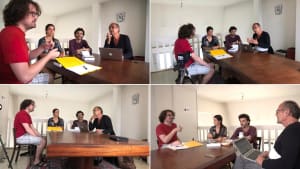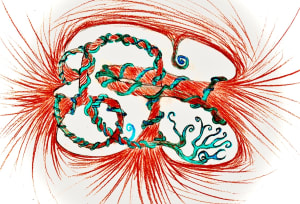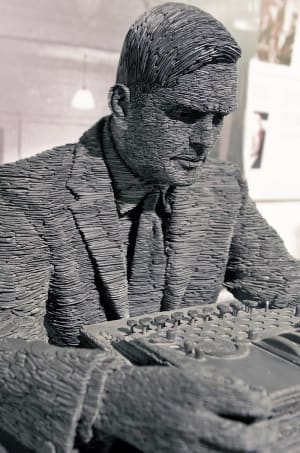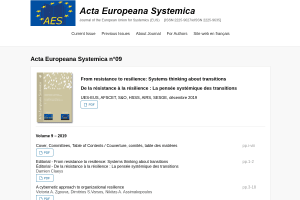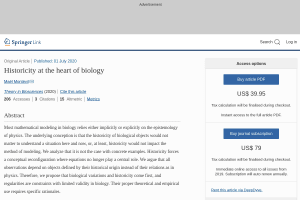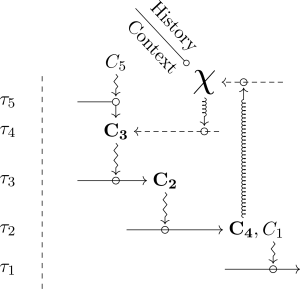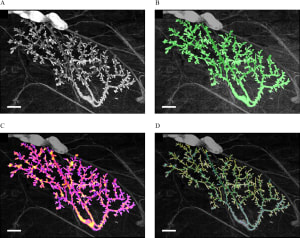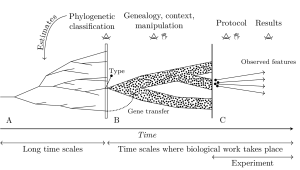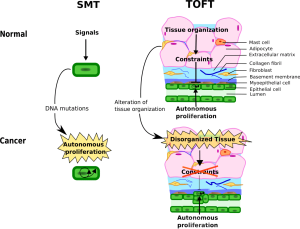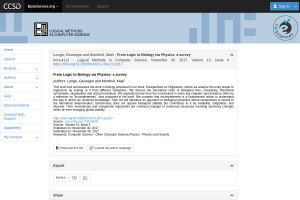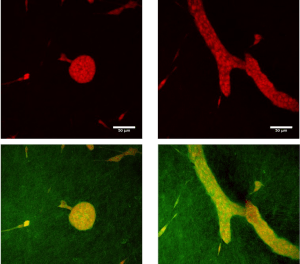
What drives the brain? Organizational changes, FEP and anti-entropy
Organisms. Journal of biosciences
Is minimizing entropy the first principle driving all dynamics of cognition ? Is it enough to account for organizational changes in an open-ended way ?
Abstract
computational, physical and teleological theory for understanding biological organization as cognitive agent minimizing their entropy in relation to their environment. Is minimizing entropy the first principle driving all dynamics of cognition ? Is it enough to account for organizational changes in an open-ended way ? After a general presentation of the literature on the FEP, we turn to the paradoxical case of the brain under the influence of psychedelics, where the FEP is challenged by an increased cerebral entropy, which induces organizational changes of the cognition. Building on this paradox, we identify some limits of the FEP, notably applying concepts of information, optimization and predefined phase space to biology that do not fit our criteria for a theory of biological organization. We also identify two aspects of entropy in physics and in the FEP: the local entropic trend that implies variations and the global entropic trend that leads to homogeneization and stability. Extending these concepts outside of their physicomathematical context, we contribute to an organicist theoretical alternative where living systems find a balance between these two trends, and, conceptually, a biological system’s disorganization enable its "unprestatable" reorganization and so its open-ended evolution.








